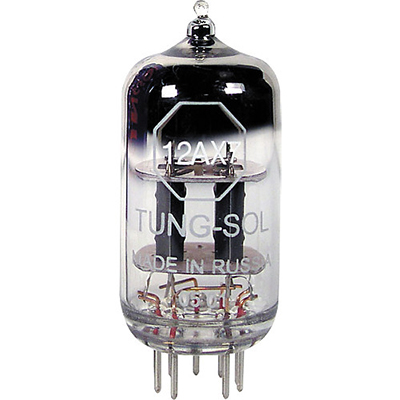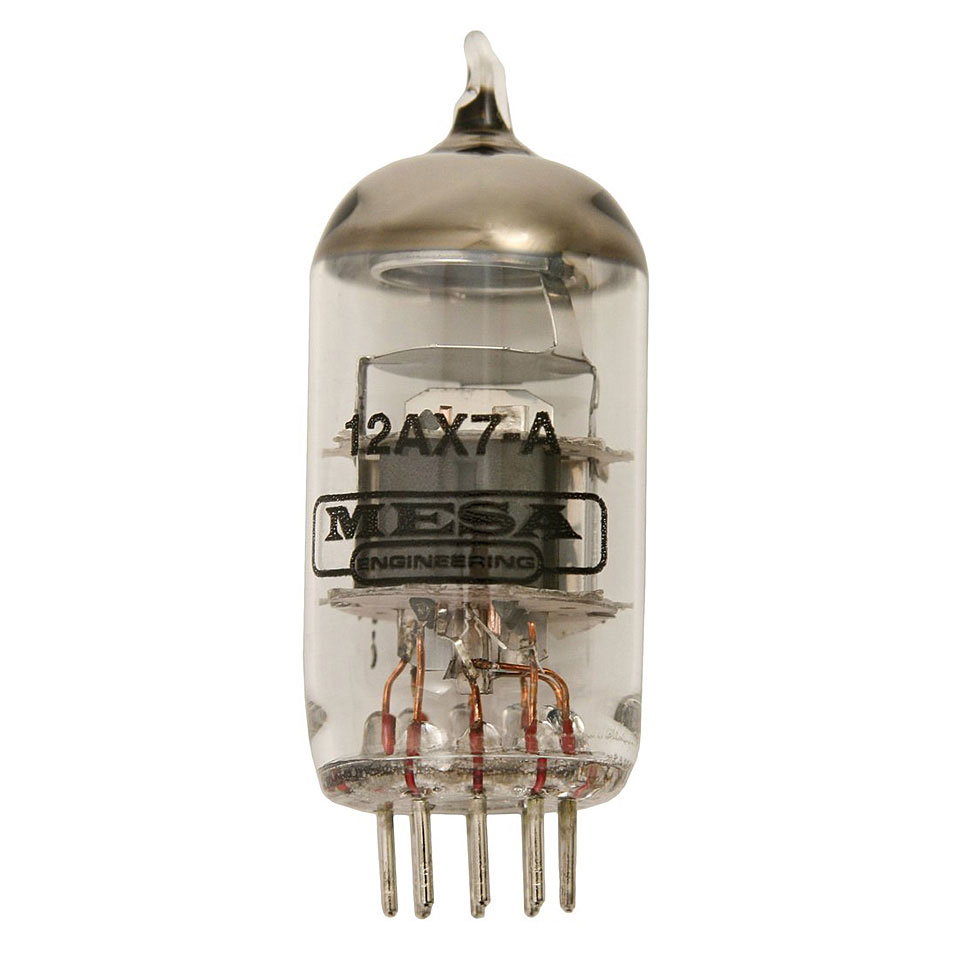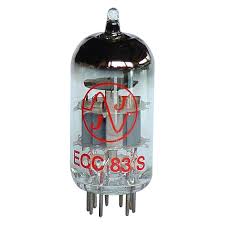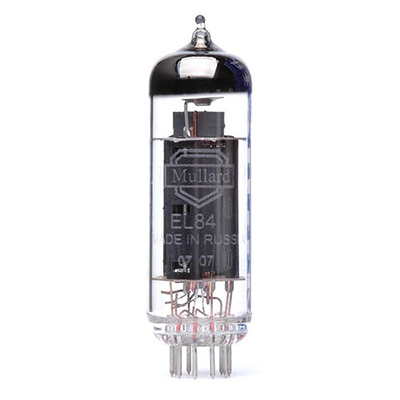
By Ed Malaker
Posted 05/18/2019
Changing tubes in an amp can be a particularly challenging experience, especially since there seem to be so many of them. In this article, we’ll concentrate on the ECC83 vs 12Ax7 tubes. The truth is, there is no difference at all between them, and each one is interchangeable with the other.
12Ax7 (Fig 1) is merely the American name of the tube.
Fig 1
ECC83 (Fig 2) is how it’s commonly known in Europe, and it is also its Mullard-Phillips tube designation.
Fig 2
There are also many slightly altered versions of these tubes. For example, there are low-noise versions that are being substituted, such as the 12AX7A, 12AD7, 6681, 7025, 7729, and plenty more.
 You might also like this HumbuckerSoup article: What is the Difference Between the 12AX7, 12AT7, and 12AU7 Preamp Tubes?
You might also like this HumbuckerSoup article: What is the Difference Between the 12AX7, 12AT7, and 12AU7 Preamp Tubes?
The 12Ax7 tube is by far the most popular preamp tube used in guitar amplifiers. If you own a tube amp, there’s a good chance it has one or more 12Ax7 tubes running the preamp section.
If you need to replace your 12Ax7 tubes, you will undoubtedly come across the ECC83 tube. This can lead to quite a bit of confusion and uncertainty about which one to purchase. Some people might worry about whether or not you can substitute the ECC83 for a 12Ax7, and many guitar shops will only carry one brand of preamp tube. If that brand is an ECC83 tube, you might be hesitant to make a purchase, but you needn’t be. The ECC83 tube will perform the same as the 12Ax7.
FAQ
What are 12Ax7 tubes used for?
This type of tube powers the preamp section of most tube amps, but plenty of effects pedals, microphone preamps, mixing boards, and other audio equipment also use the 12Ax7 tube to get more vintage-sounding tones.
 You might also like this HumbuckerSoup article: Preamp Tube FAQ – Frequently Asked Questions about 12AX7, 12AT7, & 12AU7
You might also like this HumbuckerSoup article: Preamp Tube FAQ – Frequently Asked Questions about 12AX7, 12AT7, & 12AU7
How long do 12Ax7 tubes last?
Preamp tubes have very long life spans and very rarely need replacing. They deal with tiny voltages and currents, as compared to power tubes. They are therefore much less likely to overheat or fail during the lifetime of the amplifier. That’s not to say that they won’t ever need replacing; tubes are fragile and do occasionally go bad for seemingly no reason at all.
Why are transistors better than vacuum tubes?
For any purpose besides audio amplification, the transistor is better than the vacuum tube because it is much smaller, consumes less power, gives off less heat, rarely fails, and is cheap to make.
In the field of audio amplification (specifically, guitar amplification), the vacuum tube still has a definite purpose because its handling of “clipping” is preferable. Clipping happens when a signal going into the tube (or transistor) is more than it was designed to accept. Clipping happens quite often when a guitarist strikes the strings, and the subtle differences in the way the tube or the transistor react to it can have a significant effect on the overall sound of the amplifier.
Tubes sound warm, smooth, and pleasing in a way that transistors cannot duplicate. For that reason, they are likely to have a long future in guitar amps.



